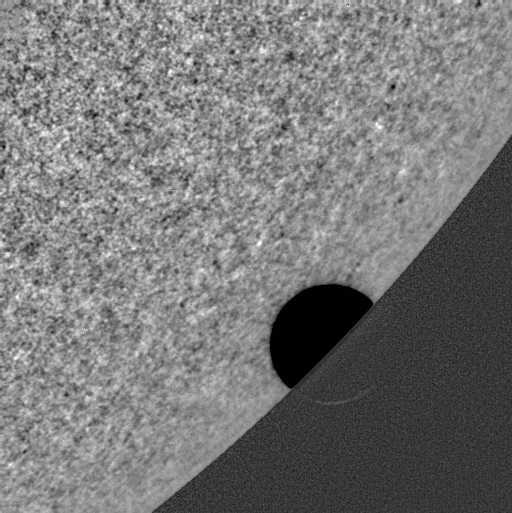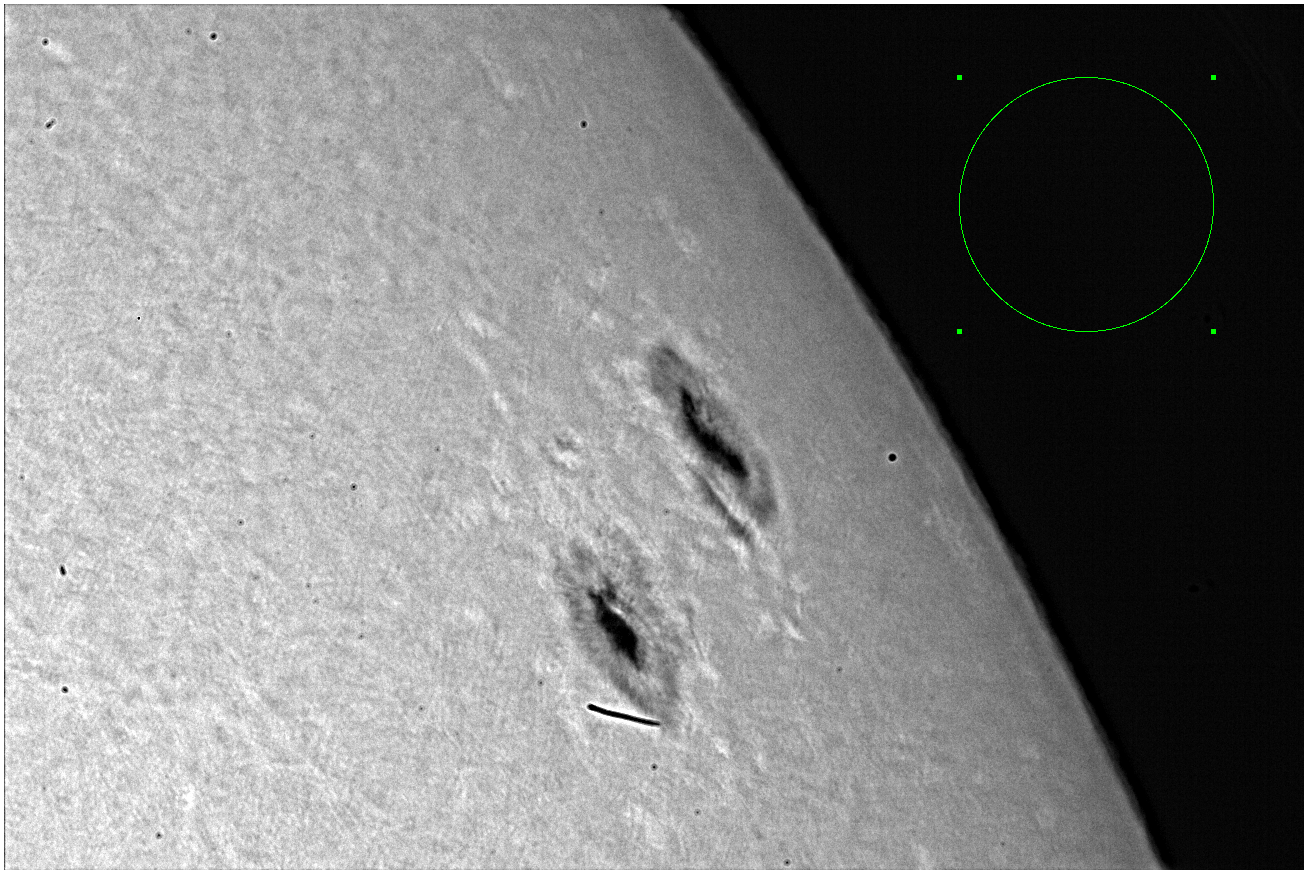
 |
Fig 1: Venus image during the 2004 transit (TRACE spacecraft). The Aureole is visile. Credit: Glenn Schneider, University of Arizona, TRACE mission (NASA).
|
Team members: Guyon, Martinache, Clergeon
PROPOSED LOCATION: Mauna Kea, next to Subaru Telescope dome (South side)
Hardware requires acces to AC power
Schedule:
The hardware for the observation is:
The DSLR camera offers 0.057 arcsec per pixel scale. In the R and B channels, the effective sampling is 0.114 arcsec, close to 1.5x Nyquist. The sampling is finer in the G channel.
BEFORE AND DURING INGRESS: ISO 200 RAW camera mode 3 frames per second in AEB mode (EV step = 2): 1/125 sec, 1/30 sec, 1/8 sec
DURING TRANSIT: 3 frames per second ISO 200 1/125 sec exposure RAW camera mode
DATA VOLUME: 20MB per frame -> 60MB per second = 18 mn for a 64 GB card, 36 mn for a 128 GB card TOTAL DATA = 60MB x 3600 sec x 6hr = 1.3 TB (64800 shots)
Data transfer speed M6500 card reader, 8GB SanDiskNOTE: Due to risk of camera shutter failure (mean time between failure = 90,000 shots, compared to 64,000 shots planned), a spare camera body will be ready for swapping within 1 min of failure.
Acquisition from 30mn before first contact to 30mn after first contact (1hr total)
full frame, 100fps, 16 bit per pix
DATA VOLUME: rate: 11 MB per frame -> 1.1 GB per second TOTAL DATA = 1.1 GB x 3600 sec = 4 TB (360,000 shots)
The imaging system was tested on Apr 22 from Hilo to test hardware, calibrate exposure times and estimate the feasibility of science goals. Due to relatively poor seeing (light path to Sun went over a dark painted metal roof), the images are not very sharp, but the test was otherwise successful. The image below shows a single exposure acquired with the camera. The image is underexposed by a factor 4 (Sun surface contributes to 2000 ADU) compared to ideal settings, explaining the noise in the image. Unsharp masking was used to enhance small features.
 |
Fig 2: Sample Sun limb image acquired from Hilo on Apr 22, 2012. Exposure time = 1/250sec at ISO 100. The apparent size of Venus on June 5 is shown as the green circle.
|
Based on this test, the ideal exposure values are :
ISO 200, exposure = 1/125sec
Transit parameters: Sun diameter = 1891.500 arcsec Venus diameter = 57.8 arcsec